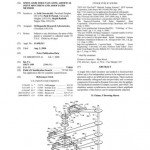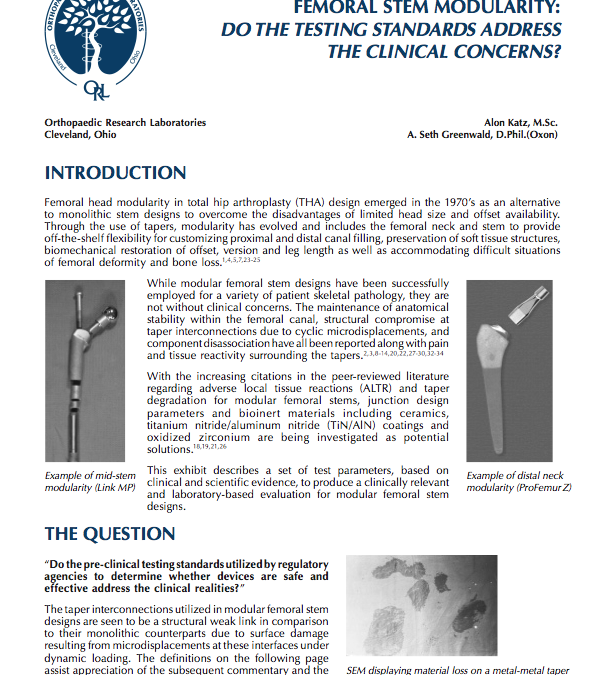
by ARC | Nov 8, 2014 | Hip
Femoral head modularity in total hip arthroplasty (THA) design emerged in the 1970’s as an alternative to monolithic stem designs to overcome the disadvantages of limited head size and offset availability. Through the use of tapers, modularity has evolved and includes...
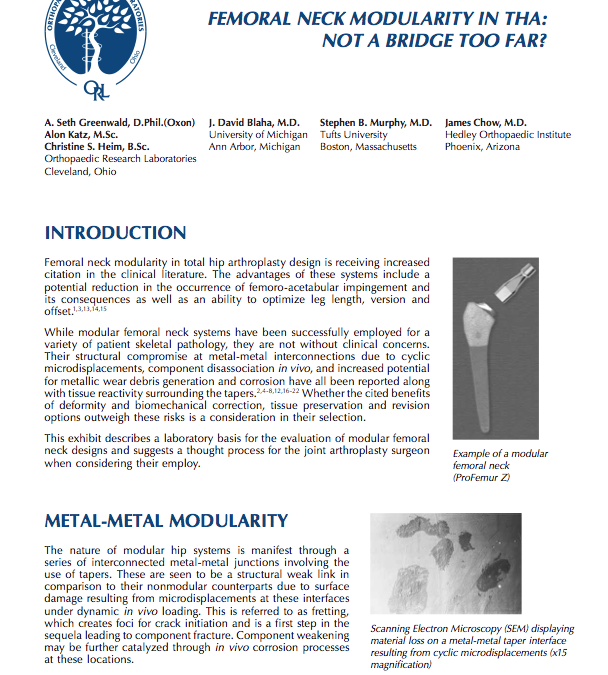
by ARC | Mar 8, 2013 | Hip
Femoral neck modularity in total hip arthroplasty design is receiving increased citation in the clinical literature. The advantages of these systems include a potential reduction in the occurrence of femoro-acetabular impingement and its consequences as well as an...
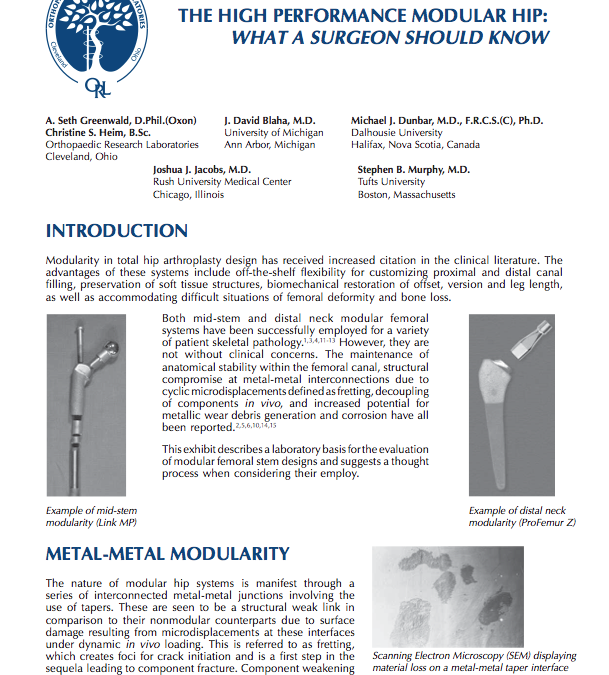
by ARC | Mar 8, 2011 | Hip
Modularity in total hip arthroplasty design has received increased citation in the clinical literature. The advantages of these systems include off-the-shelf flexibility for customizing proximal and distal canal filling, preservation of soft tissue structures,...
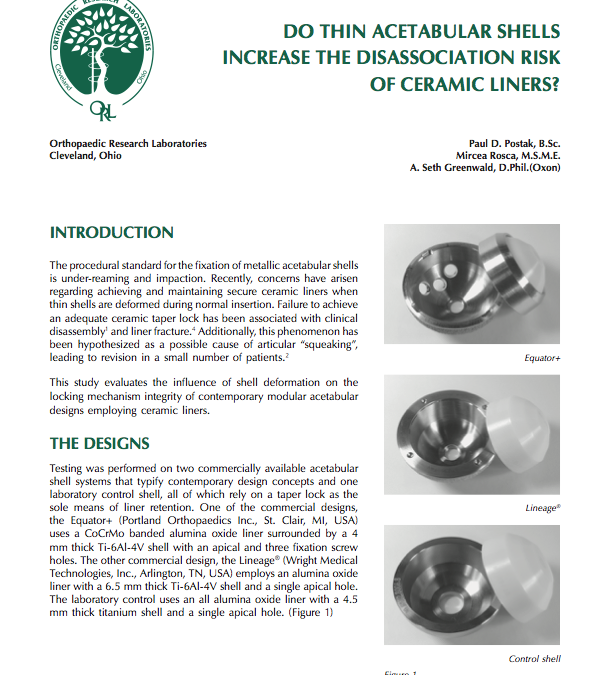
by ARC | Mar 8, 2009 | Hip
The procedural standard for the fixation of metallic acetabular shells is under-reaming and impaction. Recently, concerns have arisen regarding achieving and maintaining secure ceramic liners when thin shells are deformed during normal insertion. Failure to achieve an...
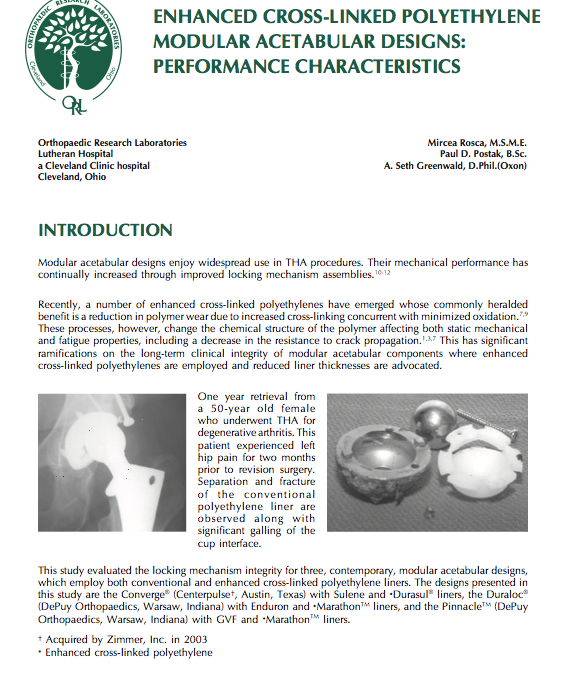
by ARC | Mar 8, 2008 | Hip
Modular acetabular designs enjoy widespread use in THA procedures. Their mechanical performance has continually increased through improved locking mechanism assemblies. Recently, a number of enhanced cross-linked polyethylenes have emerged whose commonly heralded...
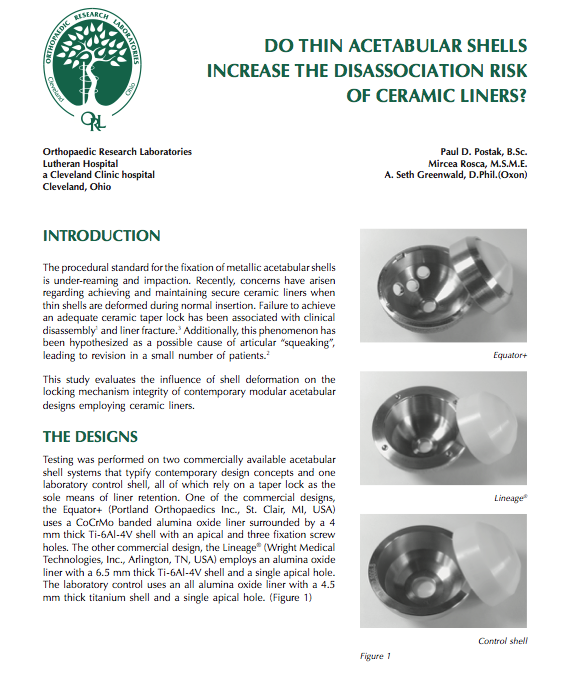
by ARC | Mar 8, 2008 | Hip
The procedural standard for the fixation of metallic acetabular shells is under-reaming and impaction. Recently, concerns have arisen regarding achieving and maintaining secure ceramic liners when thin shells are deformed during normal insertion. Failure to achieve an...








